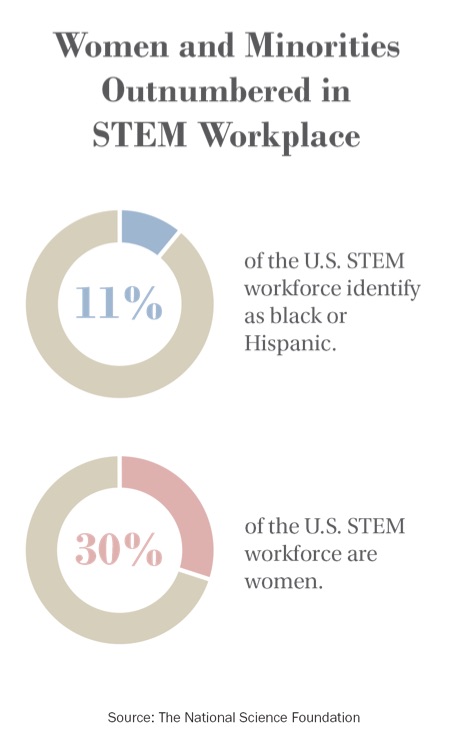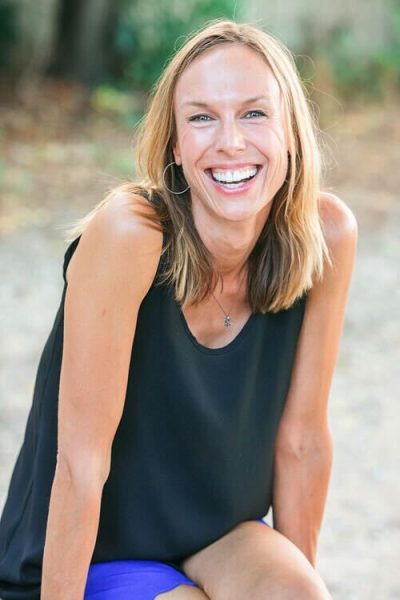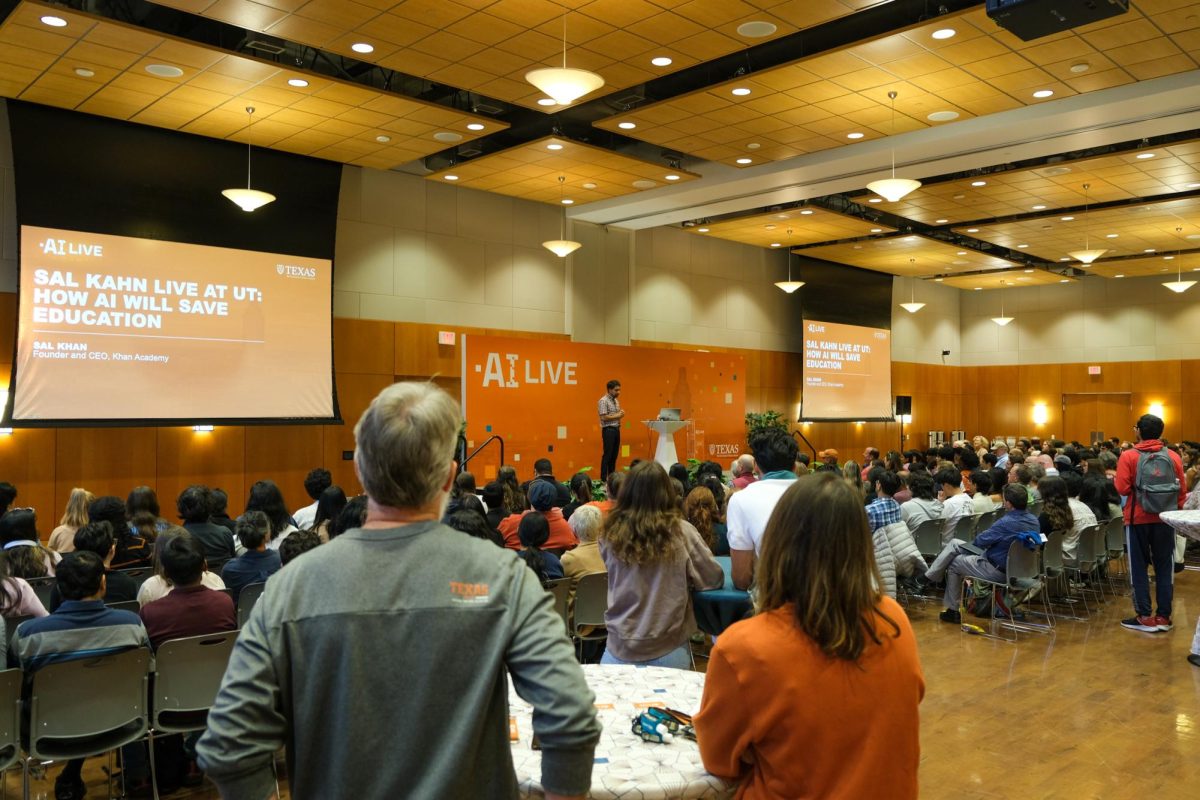Female African-American and Hispanic students comprise a disproportionately small part of the science, technology, engineering and math students, according to the 2016 National Science Foundation’s Science and Engineering Indicators report.
Women constitute 51.5 percent of the population at UT, but, according to the report, only make up about 30 percent of the STEM students. Students who identify as African-American or Hispanic make up a combined 23.9 percent of the student body, but only 11 percent of the STEM students.
Linda Hicke, dean of the College of Natural Sciences, was a guest on last month’s Point of Discovery podcast, a podcast from the College of Natural Sciences, where she spoke on the lack of diversity in STEM fields. Hicke said because women make up 50 percent of the population, they should also make up 50 percent of the STEM population.
“Why shouldn’t we be 50 percent of the scientists?” Hicke asked. “Why should there be a difference between the sciences and the liberal arts and the humanities and the social sciences in terms of women and the diversity of backgrounds, too?”
Marc Airhart, communications coordinator for the College of Natural Sciences, said he believes the problem is related to the lack of women and minorities who are already in STEM fields — providing few role models for these students to look up to.
“It’s complicated,” Airhart said. “There’s not a simple answer. There’s certainly a lack of role models. There has historically been a problem with not enough women and minorities in the field. When young people don’t see role models that look like they do, that can be discouraging.”
Chemical engineering sophomore Alicia Kong said these statistics are a reality for many STEM women and minorities.
“My friend in electrical engineering said she is one of three girls in a class of 100, and that’s crazy to me,” Kong said. “If this field isn’t diverse, then it’s stopping women and minorities who are interested in STEM because they will feel unwelcome in the space or not valued.”
One of the ways the College of Natural Sciences is trying to tackle the problem is with their Freshman Research Initiative, Airhart said. The initiative started 10 years ago, and its goal is to keep students in the STEM field by allowing first-year students into real labs to research with trained researchers.
“The Freshman Research Initiative has helped all students across the board,” Airhart said. “Women in the program have done better graduating in four years, and the same thing goes with underrepresented ethnic groups as well.”
Kong said she is relieved to know the college is taking steps to promote a more diverse STEM population, but she worries the trend of homogeneity will continue.
“It would just be a huge loss to the field,” Kong said. “You want those students who are passionate, but we don’t want them to feel driven off because they look around and don’t see people that look like they do.”
Sharon Mosher, dean of the Jackson School of Geosciences, said her advice to students is not to let others define you.
“If you think, ‘Oh everybody thinks I’m a woman and that’s unusual,’ or ‘I’m black,’ or ‘I’m Hispanic,’ you’re letting other people define you,” Mosher said. “You are who you are.”


















